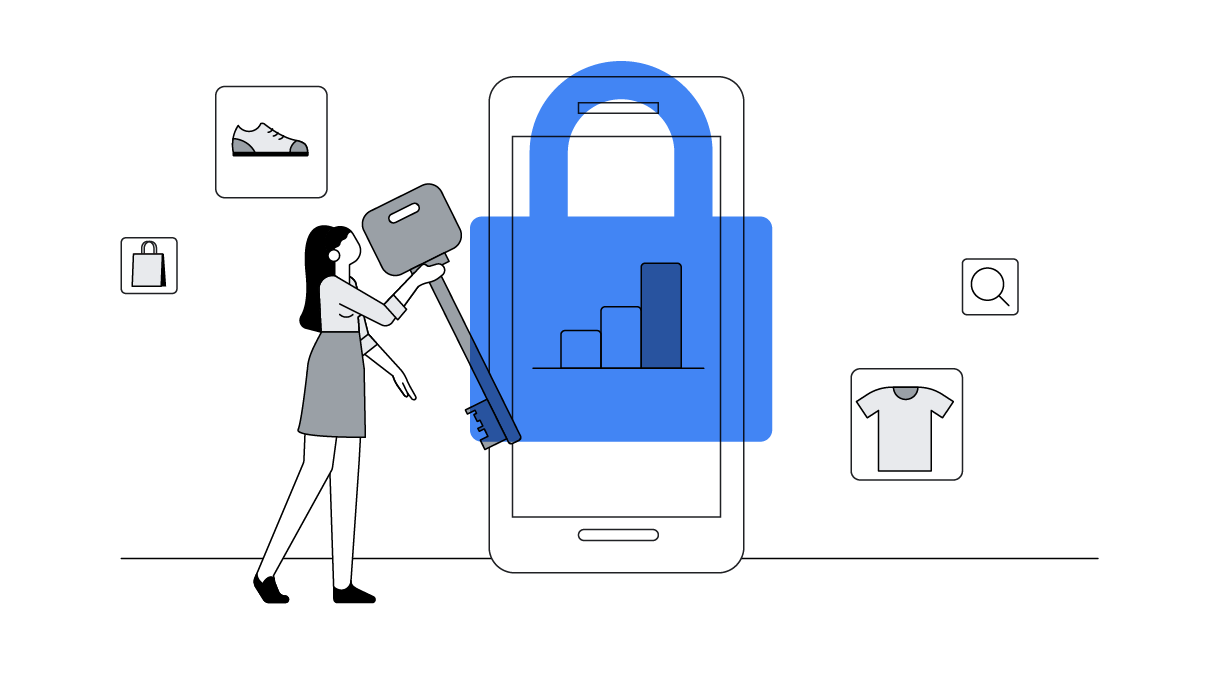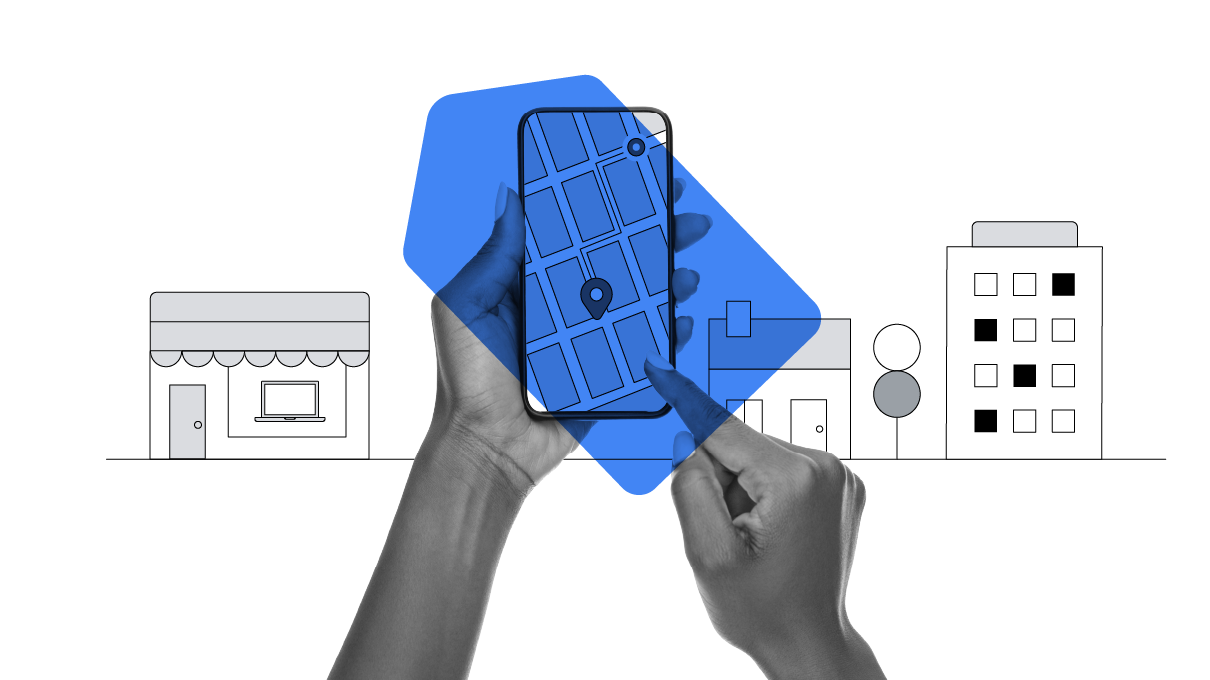In the 75 years since the company was founded, IKEA’s blue and yellow storefronts have achieved iconic status. Each year, the brand’s outlets receive over 770 million visits, spread across more than 300 locations, and with their innovative layouts, huge product ranges and welcoming atmosphere, it’s no surprise that even in our increasingly digital world, the stores remain at the very heart of the brand.
THE GOALS
To measure the impact that online ads have on offline sales
To understand the role that different devices influence decisions
To be able to give credit where it is due - between channels
THE APPROACH
Integrated store visits data into bid strategy in order to drive offline sales
Adjusted mobile bid modifiers in order to increase store visits
Increased impression share for keywords that drive a higher store visit rate
THE RESULTS
10.6% of the people who clicked on IKEA’s search ads visited a physical store
This is even higher from smartphone devices
Incorporating store visits data, increases the ROI of online ads x5
Bricks, mortar and allen keys might be central to IKEA’s business, but this doesn’t mean that they haven’t embraced online. In addition to a thriving ecommerce site, the brand employs a wide range of digital marketing activities to generate visits to both its on- and offline stores, with Google Shopping a particularly important channel. As return-on-ad-spend (ROAS) is one of the business’s key metrics, in June 2015, the marketing team at IKEA began exploring the potential of AdWords Store Visits reports to measure the performance of campaigns aimed at generating footfall to their retail outlets.
AdWords’ Store Visits reports are available to a subset of advertisers with a significant number of physical retail outlets, who also drive a substantial number of online ad clicks (you can check with your AdWords representative to find out if you are eligible). The reports are created using aggregated, anonymous mobile location data, which AdWords uses to gauge the number of users who have both clicked on an advert and visited one of an advertiser’s stores. Because user privacy is of paramount concern, visits are not tied to individuals, but instead give a general indication of a campaign’s contribution to offline visits.
The Results
With Store Visits activated, the IKEA team immediately saw the contribution each campaign was making to retail footfall. The data showed that paid search activity resulted in 10.6% of people who clicked on an ad making a visit to a physical store. Additionally, online-to-offline attributed revenue for the campaign was revealed to be almost three times greater than online revenue alone. “We were surprised at how efficiently we were driving visits to physical stores, with a low cost-per-store-visit,” says Kasia Zieba at iProspect, who now plans to deepen the insight further by assigning revenue values to store visits, and by segmenting the data to reveal individual device performance. An early insight into the difference in behaviour between mobile and desktop users has already led to a change in campaign strategy, with desktop activity now directed towards increasing online sales, and mobile activity optimised for offline visits.
The Store Visits data has proven so useful that it is now included in the brand’s internal reporting, and is being integrated into their long-term optimisation strategy. As Kasia Zieba says, “Store Visits provides fantastic insight into the impact our PPC search activity is having on footfall. This data strengthens our knowledge on the digital consumer journey and helps us to optimise our campaigns using it”.






